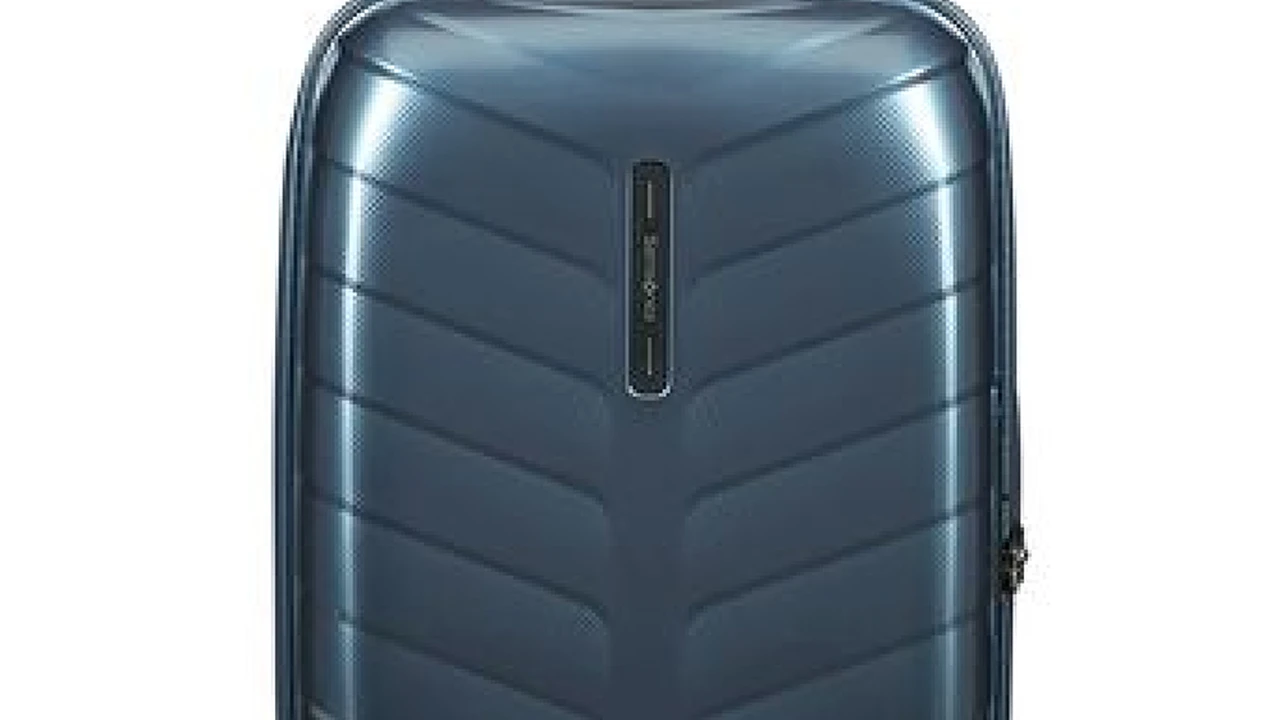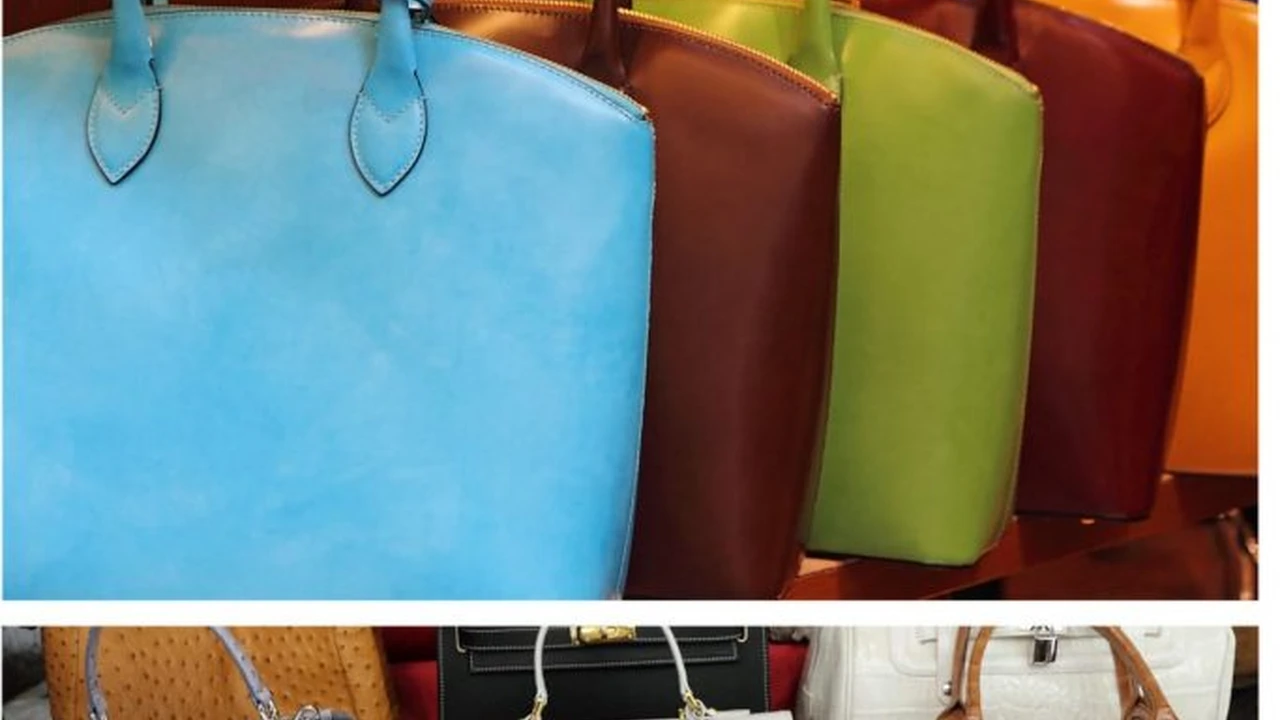The Ultimate Guide to Cleaning and Maintaining Your Backpack
Meta description: Keep your backpack looking its best! Learn essential tips for cleaning and maintaining different backpack materials.

Why Cleaning Your Backpack Matters Backpack Cleaning Benefits
Let's be real, your backpack goes through a lot. From lugging textbooks and laptops to enduring muddy trails and crowded buses, it's constantly exposed to dirt, grime, and who knows what else. Cleaning your backpack isn't just about aesthetics; it's about extending its lifespan, preventing the growth of bacteria (yuck!), and maintaining its functionality. A clean backpack is a happy backpack (and a happy you!). Plus, a well-maintained backpack will save you money in the long run by preventing premature wear and tear.
Identifying Your Backpack Material Backpack Material Guide
Before you even think about grabbing a sponge, it's crucial to identify the material of your backpack. Common materials include nylon, polyester, canvas, and even leather. Each material requires a different cleaning approach. Check the care label inside your backpack for specific instructions. If you can't find a label, a general rule of thumb is to test a small, inconspicuous area first to ensure the cleaning method doesn't damage the fabric.
- Nylon: Durable and water-resistant, but prone to fading.
- Polyester: Similar to nylon, but generally more resistant to UV damage.
- Canvas: Natural fiber, more breathable than synthetics, but can be more susceptible to staining.
- Leather: Luxurious and durable, but requires specialized cleaning and conditioning.
Gathering Your Cleaning Supplies Backpack Cleaning Supplies List
Alright, time to assemble your cleaning arsenal. Here's a list of essentials:
- Mild detergent: Avoid harsh chemicals and bleach, which can damage the fabric. Baby shampoo or a gentle dish soap works great.
- Soft-bristled brush: An old toothbrush or a专门的软毛刷 is perfect for scrubbing stubborn stains.
- Microfiber cloth: For wiping down surfaces and absorbing excess water.
- Vacuum cleaner with hose attachment: To remove loose dirt and debris.
- Water: Both warm and cold water will be needed.
- Optional: Stain remover, leather cleaner (if applicable).
Step-by-Step Guide to Cleaning Your Backpack Backpack Cleaning Instructions
Okay, let's get down to business! Follow these steps for a thorough backpack cleaning:
- Empty your backpack: Remove everything from all pockets and compartments. Shake out any loose dirt or debris.
- Vacuum the interior: Use the hose attachment of your vacuum cleaner to remove any remaining dirt, crumbs, or dust from the inside of your backpack. Pay close attention to corners and seams.
- Spot clean stains: Treat any visible stains with a stain remover or a mixture of mild detergent and water. Gently rub the stain with a soft-bristled brush or a microfiber cloth. Let the solution sit for a few minutes before rinsing with clean water.
- Hand wash or machine wash (if applicable): For nylon, polyester, and some canvas backpacks, you can often machine wash them on a gentle cycle with cold water. Place the backpack in a mesh laundry bag to protect it from damage. For leather backpacks or backpacks with delicate embellishments, hand washing is recommended. Fill a tub or sink with lukewarm water and add a small amount of mild detergent. Gently scrub the backpack with a soft-bristled brush or a microfiber cloth.
- Rinse thoroughly: Rinse the backpack thoroughly with clean water to remove all traces of detergent.
- Air dry: Hang the backpack upside down in a well-ventilated area to dry. Avoid direct sunlight, which can cause fading. You can also stuff the backpack with clean towels to help it retain its shape and absorb excess moisture. Never put your backpack in the dryer!
Specific Cleaning Tips for Different Materials Backpack Material Cleaning Guide
- Nylon and Polyester: These materials are relatively easy to clean. You can usually machine wash them on a gentle cycle. Avoid using harsh chemicals or bleach.
- Canvas: Canvas can be more prone to staining. Spot clean stains immediately and use a mild detergent. Avoid using hot water, which can cause the canvas to shrink.
- Leather: Leather requires specialized cleaning products. Use a leather cleaner and conditioner to keep the leather supple and prevent it from cracking. Avoid getting leather too wet.
Recommended Products for Backpack Cleaning Backpack Cleaning Product Recommendations
Here are a few recommended products to help you keep your backpack in tip-top shape:
- Nikwax Tech Wash: A gentle, biodegradable cleaner specifically designed for technical fabrics like nylon and polyester. It helps to maintain the water repellency of your backpack. Price: Around $15. Use Case: Ideal for cleaning backpacks used for hiking, camping, or other outdoor activities.
- Leather Honey Leather Cleaner and Conditioner: A trusted brand for leather care. Their cleaner effectively removes dirt and grime without drying out the leather, and their conditioner helps to keep the leather soft and supple. Price: Around $30 for the set. Use Case: Perfect for maintaining leather backpacks and wallets.
- Puracy Natural Laundry Stain Remover: A plant-based stain remover that is safe for use on a variety of fabrics. It effectively removes stubborn stains without harsh chemicals. Price: Around $12. Use Case: Great for spot cleaning stains on all types of backpacks.
Cleaning Backpack Straps and Padding Backpack Strap Cleaning Tips
Don't forget about the straps and padding! These areas tend to accumulate sweat and dirt. Use a damp cloth and mild detergent to gently scrub the straps and padding. Rinse thoroughly and allow to air dry.
Dealing with Stubborn Stains Backpack Stain Removal Guide
Got a stubborn stain that just won't budge? Here are a few tricks to try:
- Ink: Dab the stain with rubbing alcohol or nail polish remover (test in an inconspicuous area first).
- Grease: Sprinkle the stain with baking soda or cornstarch to absorb the grease. Let it sit for a few hours before vacuuming or brushing it off.
- Mud: Let the mud dry completely before brushing it off. Then, spot clean any remaining stains.
Preventative Measures to Keep Your Backpack Clean Backpack Maintenance Tips
Prevention is always better than cure! Here are a few tips to keep your backpack clean in the first place:
- Use a backpack liner: A backpack liner can help to protect the interior of your backpack from dirt and spills.
- Store your backpack properly: When not in use, store your backpack in a cool, dry place away from direct sunlight.
- Clean up spills immediately: The sooner you clean up a spill, the less likely it is to stain.
- Regularly vacuum your backpack: Vacuuming your backpack regularly can help to remove loose dirt and debris before they have a chance to accumulate.
Comparison of Cleaning Methods Cleaning Method Comparison
Let's break down the pros and cons of different cleaning methods:
| Method | Pros | Cons |
|---|---|---|
| Machine Washing | Convenient, effective for nylon and polyester. | Can damage delicate fabrics, may not remove stubborn stains. |
| Hand Washing | Gentle, suitable for all materials. | More time-consuming. |
| Spot Cleaning | Effective for removing localized stains. | May not be sufficient for overall cleaning. |
Maintaining Water Resistance Backpack Water Resistance Maintenance
If your backpack is water-resistant, you'll want to maintain that protection. After cleaning, you can reapply a water-repellent spray to help keep your belongings dry. Follow the instructions on the spray bottle carefully.
Drying Your Backpack Properly Backpack Drying Techniques
Proper drying is crucial to prevent mildew and damage. Never put your backpack in the dryer! Air drying is the best option. Hang the backpack upside down in a well-ventilated area. You can also stuff it with clean towels to help it retain its shape and absorb excess moisture. Make sure the backpack is completely dry before storing it.
:max_bytes(150000):strip_icc()/277019-baked-pork-chops-with-cream-of-mushroom-soup-DDMFS-beauty-4x3-BG-7505-5762b731cf30447d9cbbbbbf387beafa.jpg)






